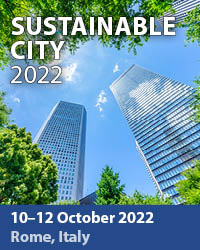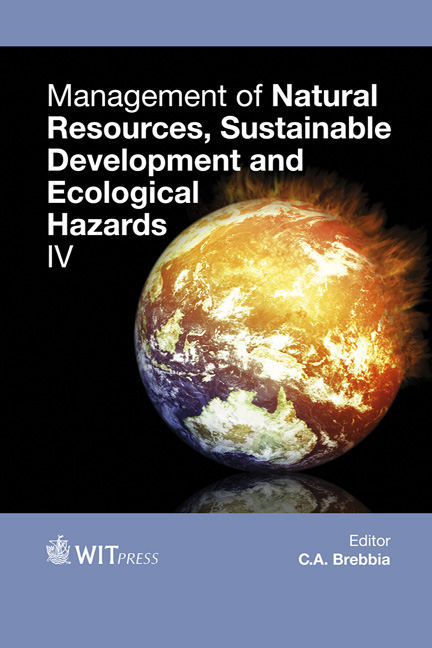Carbon And Ecological Footprints: Tools For Measuring The Sustainability Of The Institute Of Engineering At The UABC, Mexicali, BC, Mexico
Price
Free (open access)
Transaction
Volume
199
Pages
11
Page Range
3 - 13
Published
2015
Size
386 kb
Paper DOI
10.2495/RAV150011
Copyright
WIT Press
Author(s)
M. Quintero-Núñez, M. C. López-Millán, F. Bisegna, O. R. Garcia-Cueto, S. Ojeda-Benitez, N. Santillán-Soto
Abstract
This paper intends to recognize carbon and ecological footprints as tools to measure the sustainability of the Institute of Engineering (IoE) of the Autonomous University of Baja California (UABC), in Mexicali, BC, Mexico in 2013. The ecological footprint (EF) is defined herein as the ecologically productive territory that is needed for the absorption of residuals and the generation of resources deemed necessary for the subsistence of a defined population. The carbon and ecological footprints are based on the fact that the EF requires the value of the carbon footprint prior to carrying out the conversion to global hectares (hag). The methodology that was utilized herein is based on the quantification of tons of CO2 derived from the following factors: water, energy and paper consumption, commuting by the members of the IoE, and lastly, construction of the building. The results are provided in tons of CO2 and hectares of absorption land deemed necessary for emissions of CO2 onto the atmosphere, which are the result of activities carried out by the IoE. The ecological footprint is 1.00 hag/person of global hectares. Such an outcome is useful for purposes of gaining knowledge on the level of sustainability of the IoE and to compare it with that of other academic institutions.
Keywords
carbon footprint, ecological footprint, CO2 absorption, global hectare, sustainability





